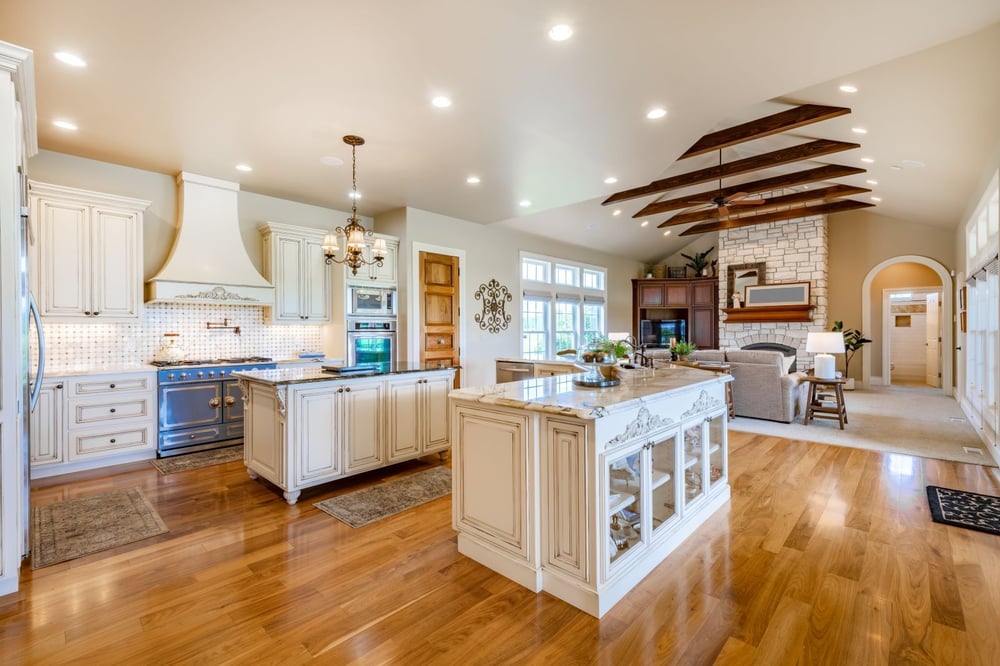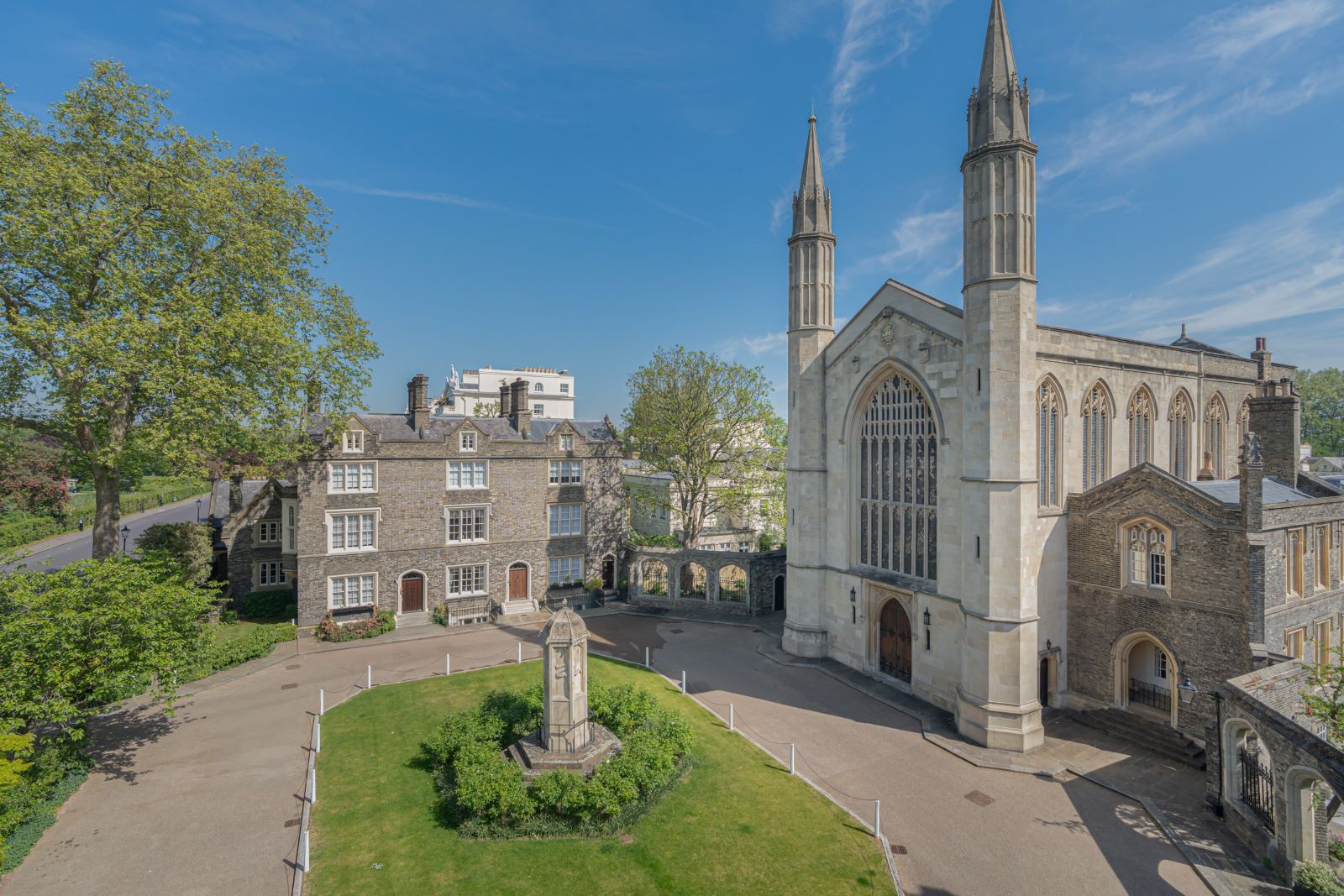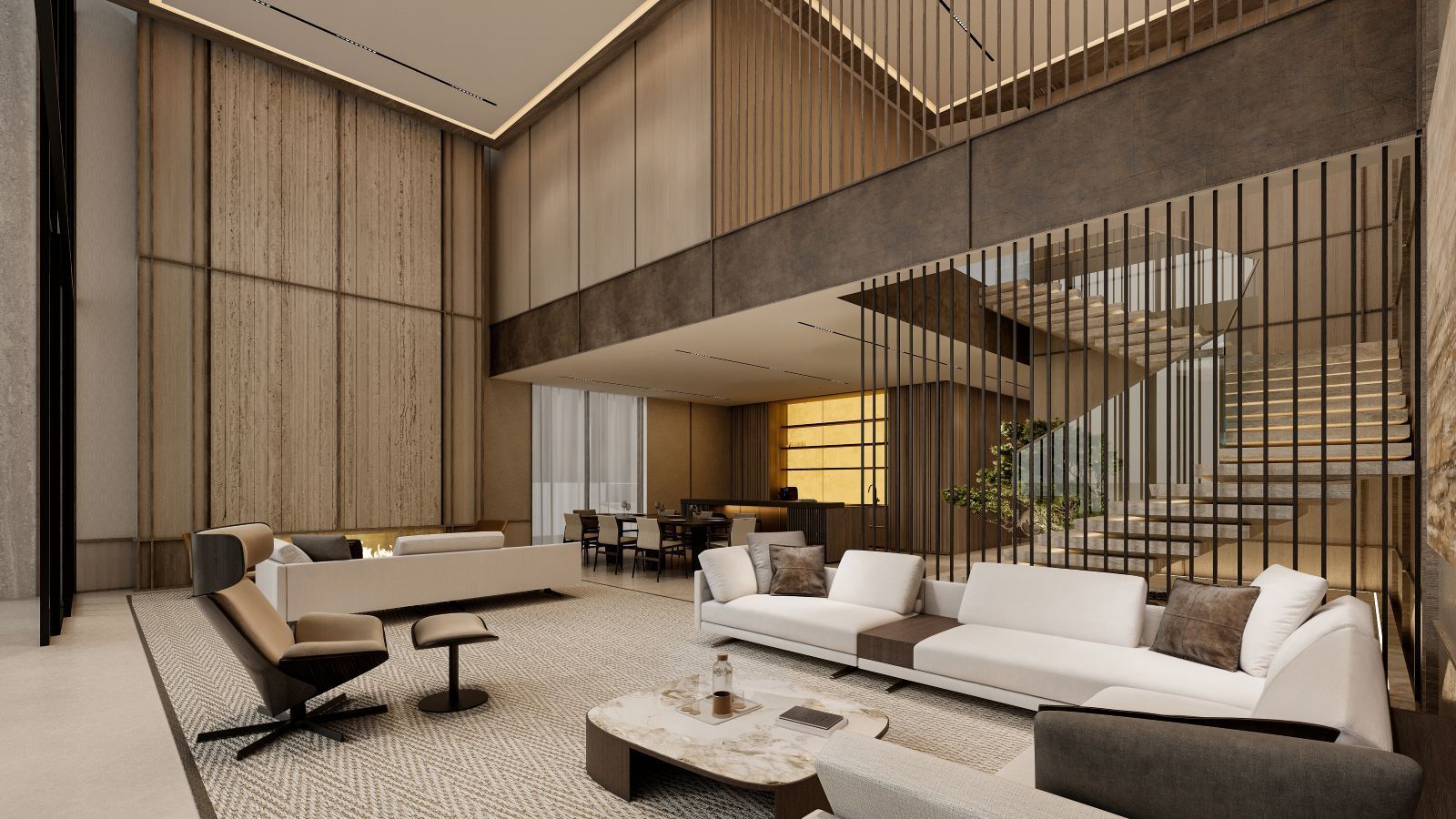French Architecture
There's something about French buildings that makes them instantly recognisable. Not because they're ostentatious or trying to make a statement, but because they get the fundamentals right. Walking down any street in Paris reveals what this means — those limestone façades with their perfectly spaced windows, the steep mansard roofs, the wrought iron balconies with their faded shutters. It all just fits together.
What French architects perfected was a consistent approach to proportion and detail that feels as relevant today as it did centuries ago.

The French Approach
French architecture is remarkably consistent, whether looking at a grand Parisian townhouse or a farmhouse in Provence. The same rules seem to apply everywhere: keep things balanced, don't overcomplicate, and build it to last.
Those pretty mansard roofs everyone associates with Paris were designed as a clever way to squeeze extra living space into the top floor, whilst keeping the building's proportions intact. François Mansart, the architect they're named after, basically solved a practical problem and created an icon.
The façades follow a similar logic. Windows are vertically aligned, with consistent spacing between floors. Horizontal cornices define each storey, creating strong geometric lines across the building. In the south, there's soft limestone that ages beautifully. Up north, it's more likely to be rendered walls in pale colours. The materials change with the region, but the approach stays the same.
Inside a typical Parisian apartment, one finds those chevron parquet floors, high ceilings that make even small rooms feel generous, and just enough decorative moulding to add character without going overboard. The entire setting feels substantial but not heavy.
The quality of light in French apartments stems from deliberate design choices. Tall windows — often stretching 3 to 4 metres — extend nearly to the ceiling, while their positioning ensures consistent daylight from multiple angles. The result is a soft, even illumination that has come to define the Parisian interior.
Beyond France
One of the more interesting things about French architecture is how well it travels. Its core principles adapt easily across climates and cultures without losing their identity. Its influence can be seen in Napa Valley wineries, Caribbean estates, and hillside homes in Cape Town.
Even in Manhattan, luxury developers borrow from the Parisian playbook — with prewar-style façades, elegant lobbies, and finely crafted interiors that contrast with glass-heavy towers nearby. In parts of London, French detailing finds its way into townhouses through ironwork, balconies, and herringbone floors.
What makes it so adaptable is that it’s built on fundamental design principles rather than decorative flourishes — balanced proportions, enduring materials, and layouts that function across climates and cultures.
And increasingly, it can be found in Dubai.
French Style in Dubai
Dubai isn’t known for understatement — but in certain corners of the city, French design has found a foothold.
District One in Mohammed Bin Rashid City markets its villas as “Mediterranean” and “Contemporary,” though many of them look decidedly French. The development features arched doorways, stucco walls, and those small Juliet balconies that could’ve been lifted straight from Provence.
The clearest example is Al Barari. Here, the developers have never been shy about their “European luxury” ambitions — and the interiors prove it. Chevron parquet runs throughout, French doors open onto terraces, and coffered ceilings that wouldn’t look out of place in the 16th arrondissement. It’s one of the few places in Dubai where the French influence feels genuine rather than surface-deep.
Then there’s The Opus — Zaha Hadid’s sculptural landmark that feels unapologetically futuristic from the outside. The penthouses tell a different story entirely, with panelled walls, chevron floors, and brass fixtures that wouldn't be out of place in an expensive Parisian apartment, just housed within a piece of architectural sculpture.
Raffles The Palm takes a bolder route — going full French palace. Crystal chandeliers hang from ornate ceilings, marble covers the floors, and gilded cornices frame every room. It’s French Baroque turned up to eleven — more Versailles than subtle elegance, but undeniably rooted in French traditions.
Even in some of Dubai’s older neighbourhoods, like Jumeirah 1, villas from the early 2000s still show French Riviera DNA: pastel walls, working shutters, wrought iron balconies. They feel a bit dated now, but their origins are unmistakable.
The newer waterfront projects are being more subtle about it. Palace Residences at Dubai Creek Harbour picks up on that Haussmannian apartment aesthetic — long, balanced façades in muted stone tones that wouldn’t look out of place along the Seine.
In a city where everything changes so quickly, French design offers something grounding — symmetry, proportion, and a sense of permanence that feels increasingly rare.
Why It Endures
French design principles have proven their worth — economically and aesthetically. In Paris, Haussmann-era buildings command €13,000–€25,000 per square metre because their layouts still work 150 years later. In Dubai, developments built on classical proportions and quality materials consistently outperform trend-driven alternatives. Buyers value permanence over novelty — and French architecture has been demonstrating that for centuries.


